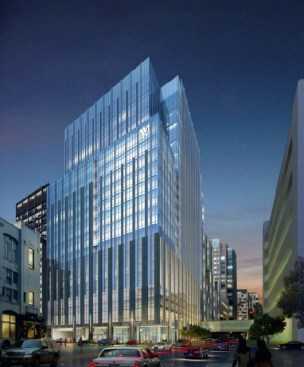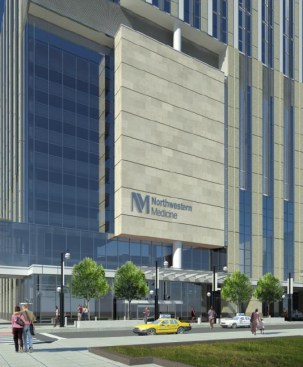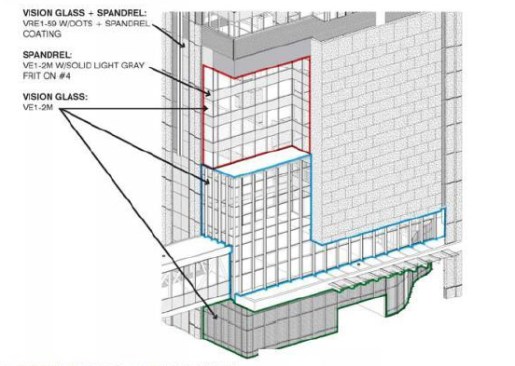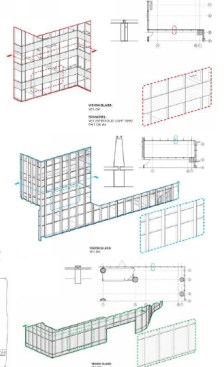Project Description
FROM THE ARCHITECTS:
BIM was used as a new method of designing and visualizing the work. Design problems such as the rearranging of mechanical components and structure, were changed early on with the team during review and this just wouldn’t have been possible with conventional two dimensional AutoCAD. Solving issues between the design architect and the project architects were more easily achieved in reviewing them in BIM with no explanations needed; these issues are put into plan, section and elevation with 3 clicks of the mouse. This client has taken full advantage of the BIM process, embracing it and requiring the colocation of the design team and the construction team in a single office and customized a technology room on the eighth floor of a neighboring building overlooking the site. Building Users & Facility Managers, regularly reviewed the models in this virtual lab. Our client built a BIM room on their campus which overlooks the building site. Within this BIM room we have collaborated with doctors, nurses, facilities, consultants, architects, contractors and project managers; we communicate on 2 large smart boards viewing the Revit models and Navisworks. We have used the Revit model’s medical equipment families that have embedded smart links to the internet showing the medical equipment images and specifications, which allows for quicker User sign‐off of specifications and locations. We used Revit and Navisworks to do fly‐throughs of clinic spaces; as a tool for nurses to determine their work flows in their new spaces. We utilized the smart boards in the clients Tech room to diagram multiple work flows and patient flows; these processes can become increasingly complicated as clinic spaces can have multiple functions including: X‐ray, blood draw, procedure, changing rooms, checkin/out, waiting/sub‐waiting and exam rooms. This process became crucial not only for design, but for the hospital Doctors to determine best practices. We didn’t just make engineering and architecture more integrated; it actually improved the building’s end users’ productivity through simulation of real life work flows before it’s even built.



